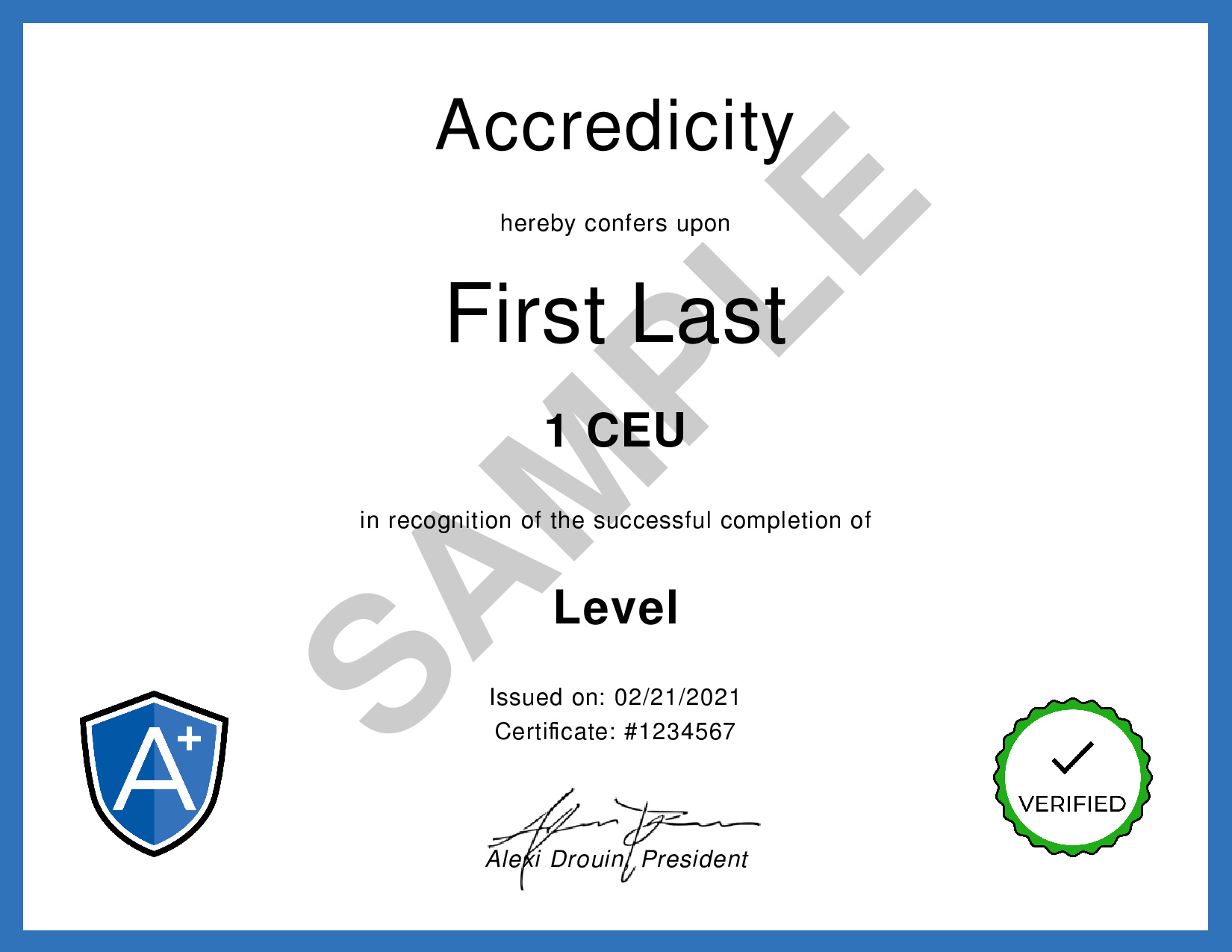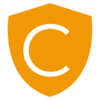Common Digital Miscommunications… And How To Avoid Them | HBR
Reference: Harvard Business Review. (2020, April 16). Common Digital Miscommunications — and How to Avoid Them [Video]. YouTube.
We Make Your Education Count

Get the Credit You Deserve and Become the Most Attractive Job Candidate by Earning and Posting A+ Badges to Your Linkedin Profile.
Sign Up to Get Started at Accredicity
|
Avoid digital miscommunications and learn how to hit the right tone in your online conversations with this helpful video! Paige Cohen of Harvard Business Review discusses common digital miscommunications and how to avoid them in this video. She provides tips on how to ensure your communication is effective and professional, such as checking for typos and using punctuation and emojis cautiously. Additionally, be mindful of when you send a message and respect others' "do not disturb" settings. If you are upset by a message, take a moment to think through your thoughts before responding. Following these tips will help you maintain professional relationships with your team and other contacts. Learning Outline1. Typos can send a negative message. Instructional ContentWe all rely on digital communication more and more each day, but it can be difficult to make sure the right message is being sent. Miscommunication can be common in digital communication, but there are a few tips that can help ensure that the right message is sent and that the tone is appropriate. Typos can send the wrong message, so it is important to take the time to read your message before you send it. Punctuation matters, especially with short sentences or phrases, as it can give things a finality that may come off as negative. Emojis, used with caution, can help to clarify your message and make it appear lighter. When using Slack, it is a good idea to give the person you are messaging a time frame for when you need a response. This is especially true when messaging someone who has the “Do Not Disturb” setting on. Lastly, if you receive a message that upsets you, it is best to wait before you respond. Digital communication can be tricky, but with these tips, you can make sure that the right message is sent and that the tone is appropriate. By taking the time to read messages before sending them, using punctuation and emojis, and giving people time frames for when you need a response, you can avoid common digital miscommunications. Communication
|

Communicating digitally can be tricky - it's easy to accidentally offend someone or send the wrong message. To help, here's a few tips! Typos can make you seem extra angry or rushed, so make sure to read the message out loud before you send it. Punctuation matters too - a period can make a short phrase seem rude. Emojis can help show your tone, and be careful when messaging someone with a "Do Not Disturb" sign - respect their space and wait to respond. Like driving a car, use caution and you'll get to where you're going without any bumps! Video Quotes1. "Any emotional state that you're in, typos can make it seem like, for example, if you're angry, that you're even more angry." - Paige Cohen 2. "Punctuation actually really matters, especially with short sentences or phrases. It gives things kind of a finality that can come off as negative when you put a period on the end of short phrases." - Paige Cohen 3. "It's best to just wait to respond. Once you have a little time to just think through your thoughts, you're going to be able to respond with a little bit more clarity and with more calm." - Paige Cohen Related Quotes"Digital communication, if it's done well, can be glorious." - Leslie O’Flahavan "People are more likely to misunderstand each other when they don't have access to nonverbal cues." - Leslie O’Flahavan "When we communicate online, we're missing out on a lot of information that can help us understand each other better." - Leslie O’Flahavan Competencies1. Communication Etiquette Learning Outcomes1. Analyze the impact of typos on digital communications. Sample Answers1. I have learned that typos can be misinterpreted and give off the wrong message. It is important to ensure that messages are proofread before sending. 2. I have learned that punctuation can be very important when it comes to digital communication. Placing a period after a short sentence can come off as abrupt or negative. 3. I have also learned that emojis can be useful when used with caution. They can help clarify the tone of the message and make it feel lighter. Paige CohenPaige Cohen is the Director of Customer Success Leadership at Gong, an artificial intelligence-powered platform for sales teams. Cohen is an expert in customer success and digital miscommunications, with a background in sales, customer success, product, and customer service. She has a long history of helping companies build efficient and effective customer success programs. Cohen is an expert on digital miscommunications because she has worked with companies to help them understand their customers better and create better digital experiences. Gong Learning DesignCommunication etiquette, effective communication, and digital literacy are important competencies to learn in any communication course. Communication etiquette helps students to understand the expectations and norms of communicating with others. It also includes understanding the appropriate way to interact with others, including using polite language, maintaining personal space, and using appropriate body language. Effective communication helps students to convey their thoughts, feelings, and ideas in an effective manner to another person or group. It involves learning the proper ways to listen, ask questions, and understand the other person’s perspective. Digital literacy helps students to understand how to use various digital technologies to communicate and collaborate. This includes learning how to use social media, email, and other communication tools safely and appropriately. In order to build these competencies, a variety of instructional frameworks and pedagogies can be used. Active learning strategies, such as role-playing and simulations, help to develop communication etiquette. To develop effective communication, students can practice through activities like group discussions, debates, and presentations. To build digital literacy, students can engage in activities such as creating tutorials, participating in virtual meetings, and researching online resources. Additionally, students can receive feedback and coaching from teachers and peers to help them develop their communication skills. AssessmentMultiple-Choice Exam Question: Which of the following is the best way to avoid miscommunication while communicating digitally? A) Type without typos B) Avoid punctuation C) Use emojis D) Include time frames Answer: A) Type without typos QuestionsCommon Hypothetical Questions: Real-Life Scenarios: KeywordsAvoid Digital Miscommunication, Working from Home Communication, Emojis Clarifying Message, Respect "Do Not Disturb", Respond with Clarity Facts1. Typos can give the wrong impression of your emotional state. Trends1. Create a blog post or video series focused on common digital miscommunications and how to avoid them. SourceThis learning instructional guidance was formulated using the GPT-3 language model created by OpenAI. ShareDigital miscommunications are common, but avoidable. Simple steps such as reading messages out loud, avoiding typos, and using punctuation & emojis can help you hit the right tone. Respect DNDs & take a moment if a message upsets you. #communication #digital #tips #emojis #dnd #socialmedia @Accredicity |








 56 Creds - Communication
56 Creds - Communication



